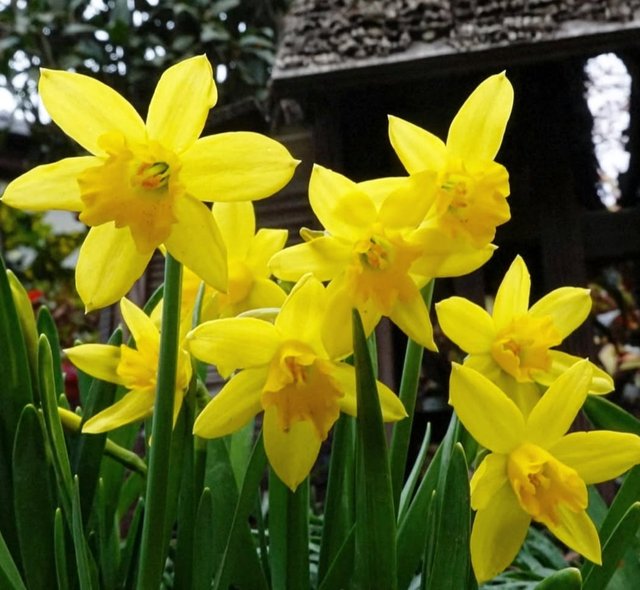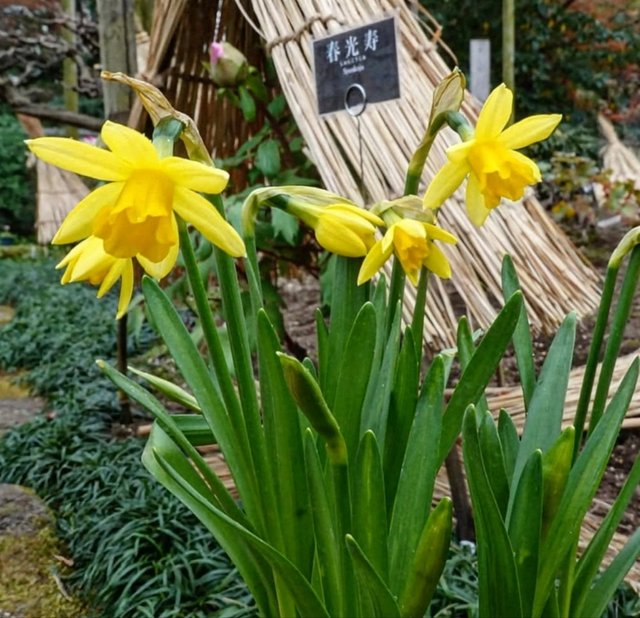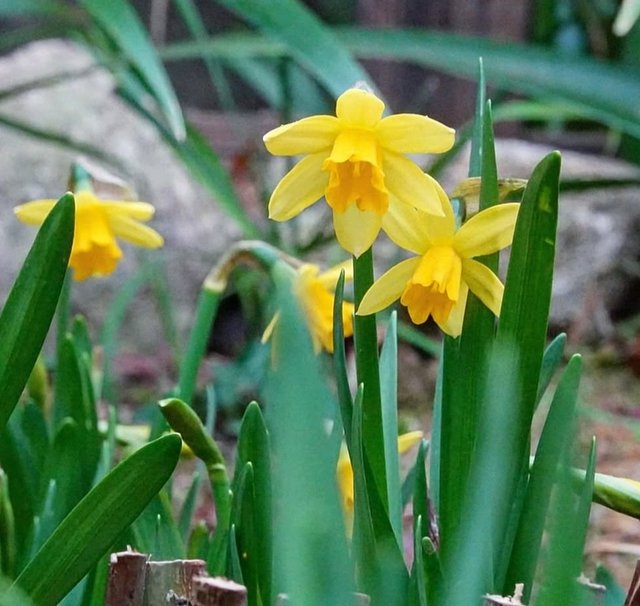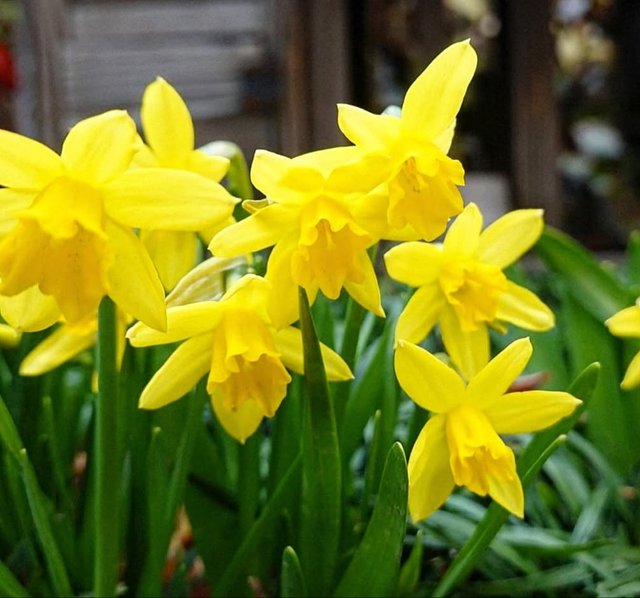Wild Daffodil: A Symbol of Spring's Beauty
The wild daffodil, also known as the Lent lily, is a stunning herald of spring that has enchanted people for centuries. Native to Western Europe, including Britain, France, and Spain, this delicate flower is beloved for its vibrant yellow petals and graceful, nodding blooms. With a history steeped in myth, literature, and ecological significance, the wild daffodil continues to inspire admiration and conservation efforts around the world.
Physical Characteristics
The wild daffodil is a perennial bulbous plant that typically grows to a height of 25-40 cm. Its flowers are easily recognizable, with six pale-yellow tepals forming a star shape and a deeper yellow trumpet-shaped corona at the center. The plant’s long, narrow leaves emerge from the base and are a soft green, complementing the sunny hue of the blooms. Unlike cultivated varieties, the wild daffodil has a more delicate appearance, often growing in small clumps rather than large, dense clusters.
Habitat and Distribution
Wild daffodils thrive in damp, partially shaded environments, such as woodlands, meadows, and riverbanks. Historically widespread across Europe, their numbers have declined significantly in some regions due to habitat loss, agricultural practices, and urban development. In the UK, wild daffodils are most commonly found in areas like the Forest of Dean, Gloucestershire, and Cumbria. Conservationists have worked to protect these natural habitats and encourage the reintroduction of wild daffodil populations in areas where they have diminished.
Cultural and Historical Significance
The wild daffodil has long been celebrated in art, literature, and folklore. Perhaps its most famous literary appearance is in William Wordsworth's poem "I Wandered Lonely as a Cloud," where the poet immortalized the beauty of a field of daffodils:
"A host, of golden daffodils;
Beside the lake, beneath the trees,
Fluttering and dancing in the breeze."
In Christian symbolism, the wild daffodil is associated with rebirth and renewal, as it often blooms around Easter. Its nickname, Lent lily, reflects this connection. In addition, the flower has been used as a symbol of hope and resilience, particularly in cancer awareness campaigns, due to its ability to thrive in challenging conditions.
Ecological Importance
The wild daffodil is not just a pretty flower; it plays a vital role in its ecosystem. The early blooms provide a valuable source of nectar and pollen for bees, butterflies, and other pollinators emerging from winter dormancy. Its bulbs and leaves also contribute to the food chain, supporting various insect and small mammal species.
Conservation Efforts
Due to its decline in some areas, the wild daffodil is now the focus of numerous conservation initiatives. Organizations like the Wildlife Trusts in the UK work to protect and restore natural habitats where the flower thrives. Efforts include planting native bulbs, removing invasive species, and educating the public about the importance of preserving biodiversity.





👋 @mdhafijulislam00 - amazing contribution as always! 🎯 🌈
Hey friend! 🎉 Come check out your awesome post on my shiny new front-end! It's still a work in progress but I'd love to hear what you think! View your post here ✨
Downvoting a post can decrease pending rewards and make it less visible. Common reasons:
Submit